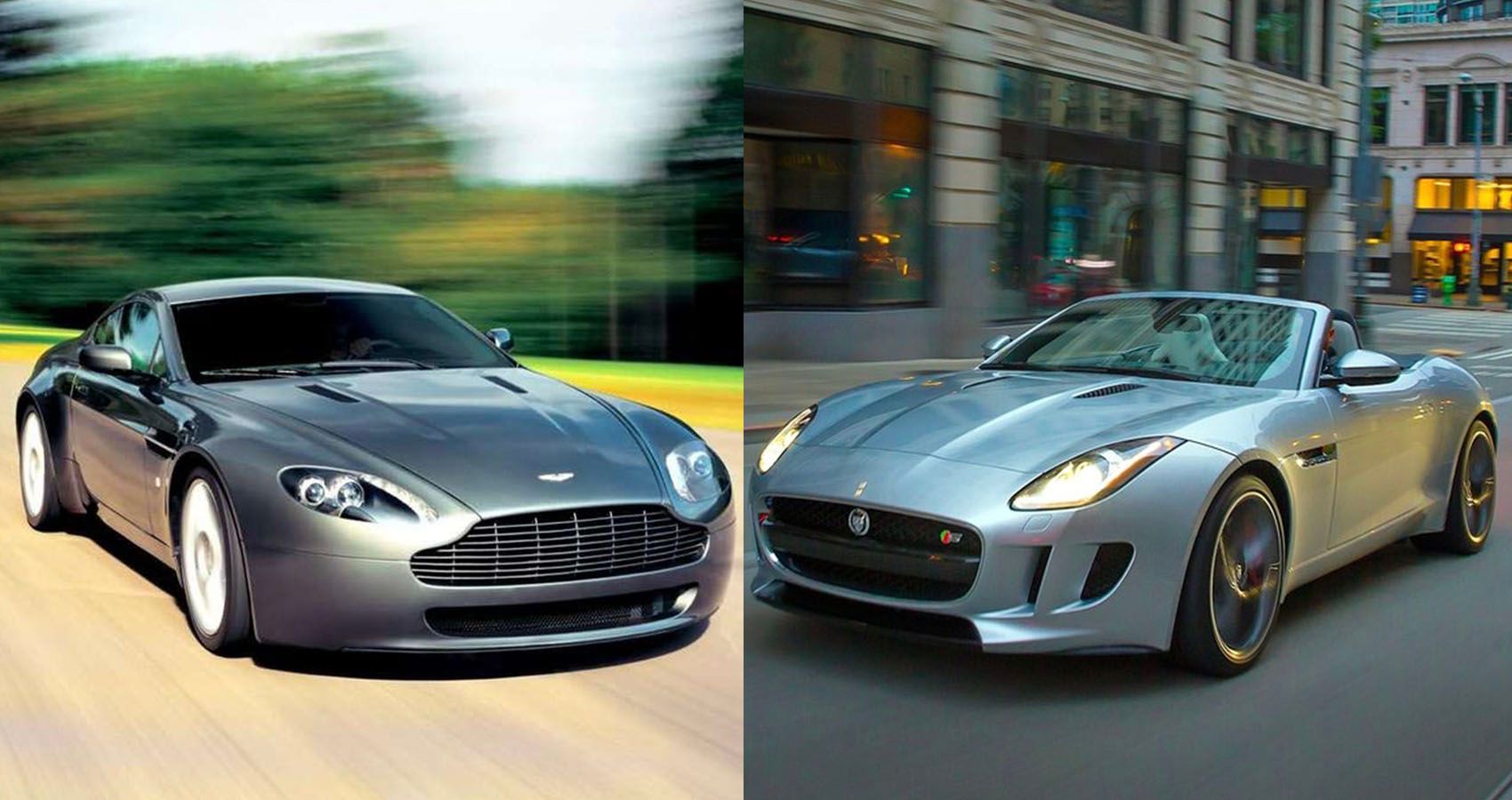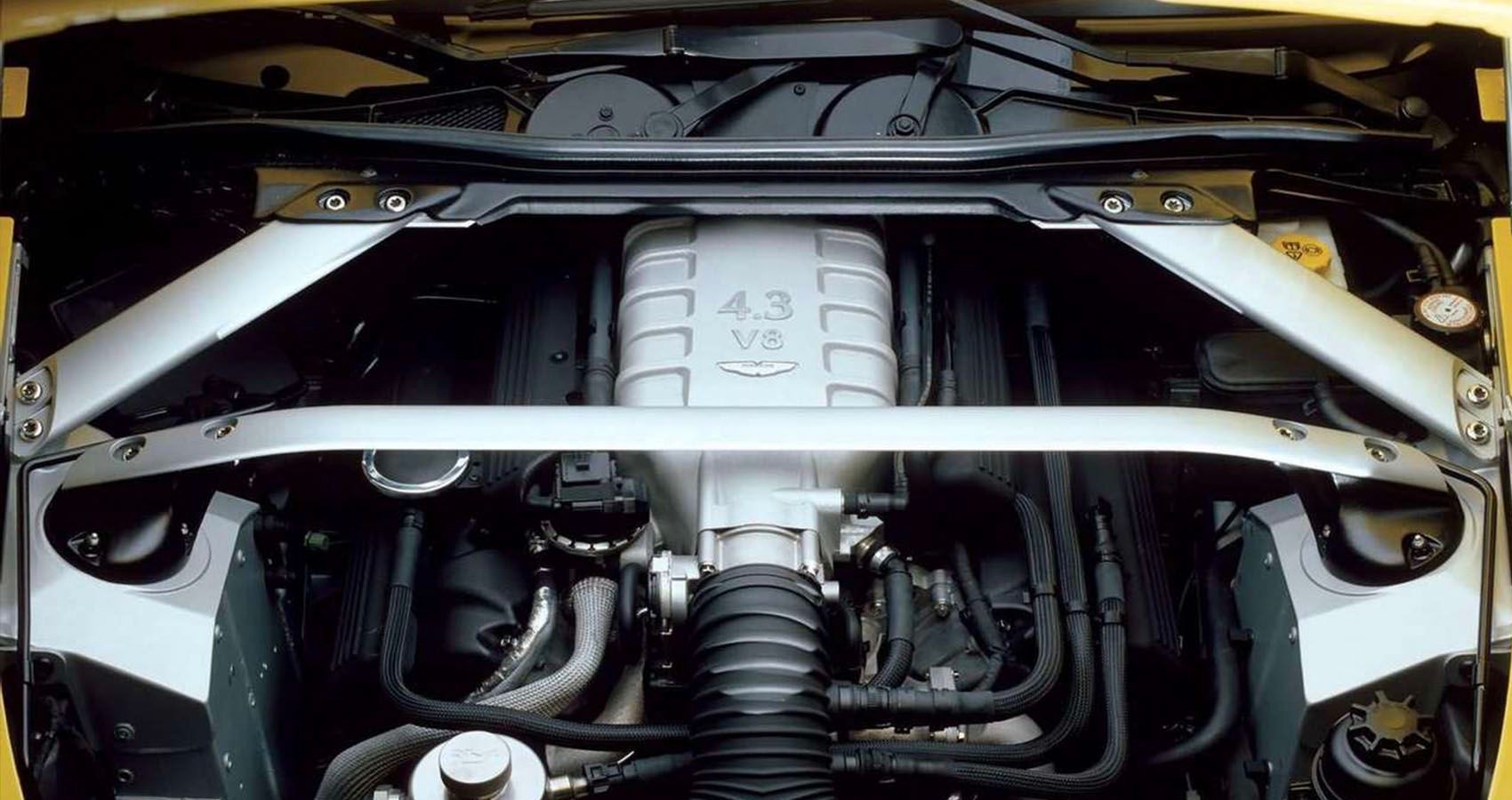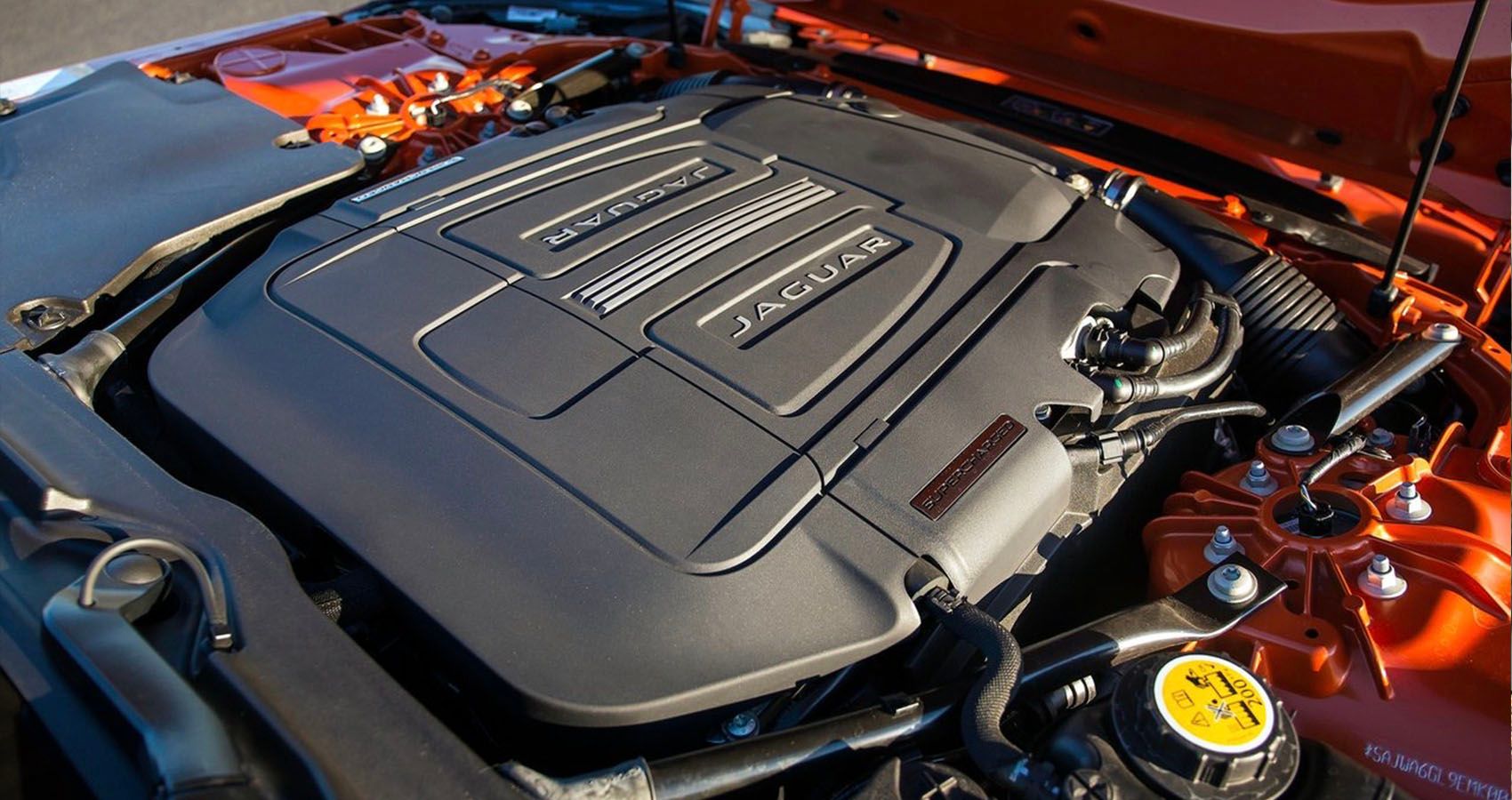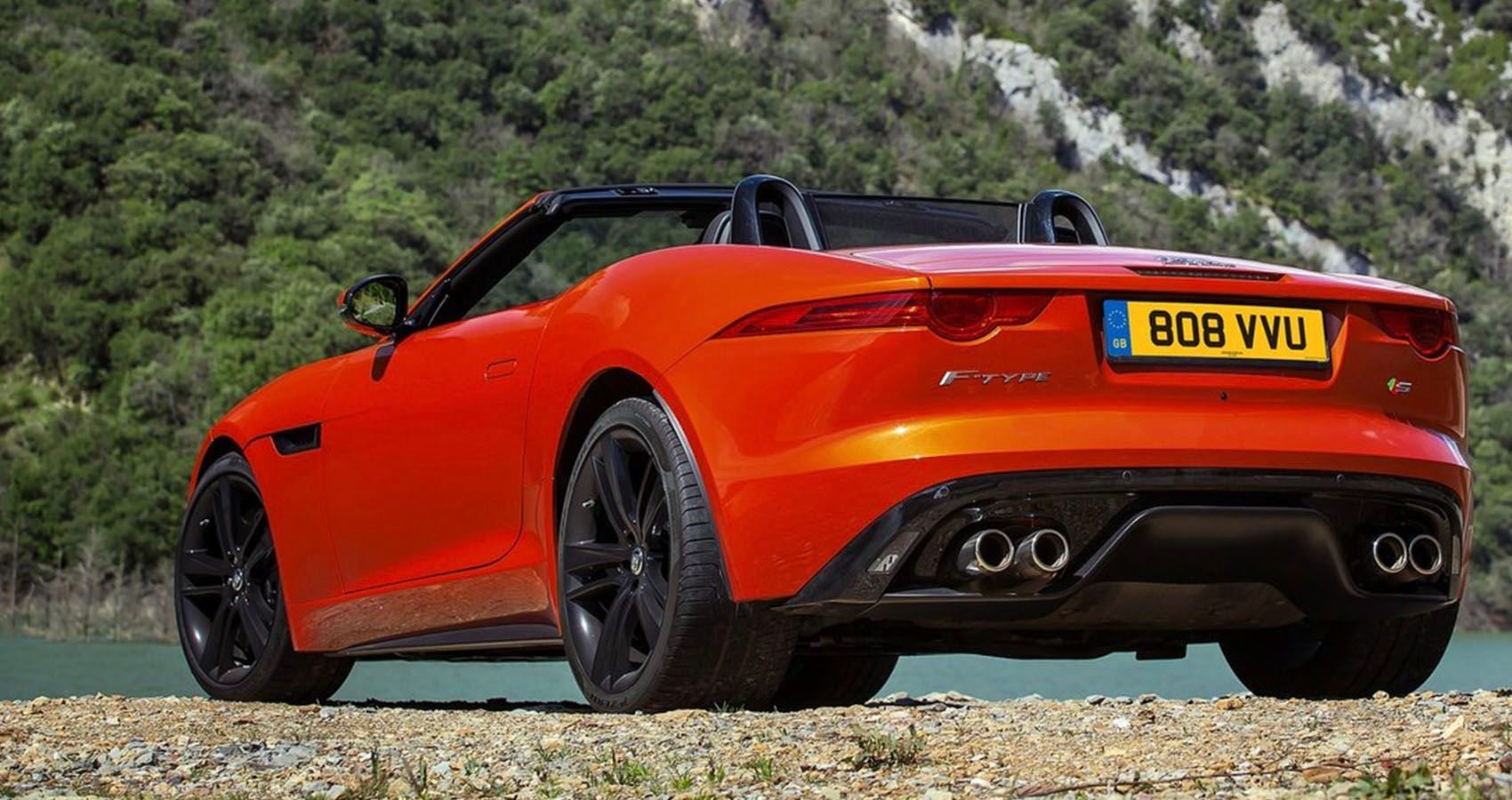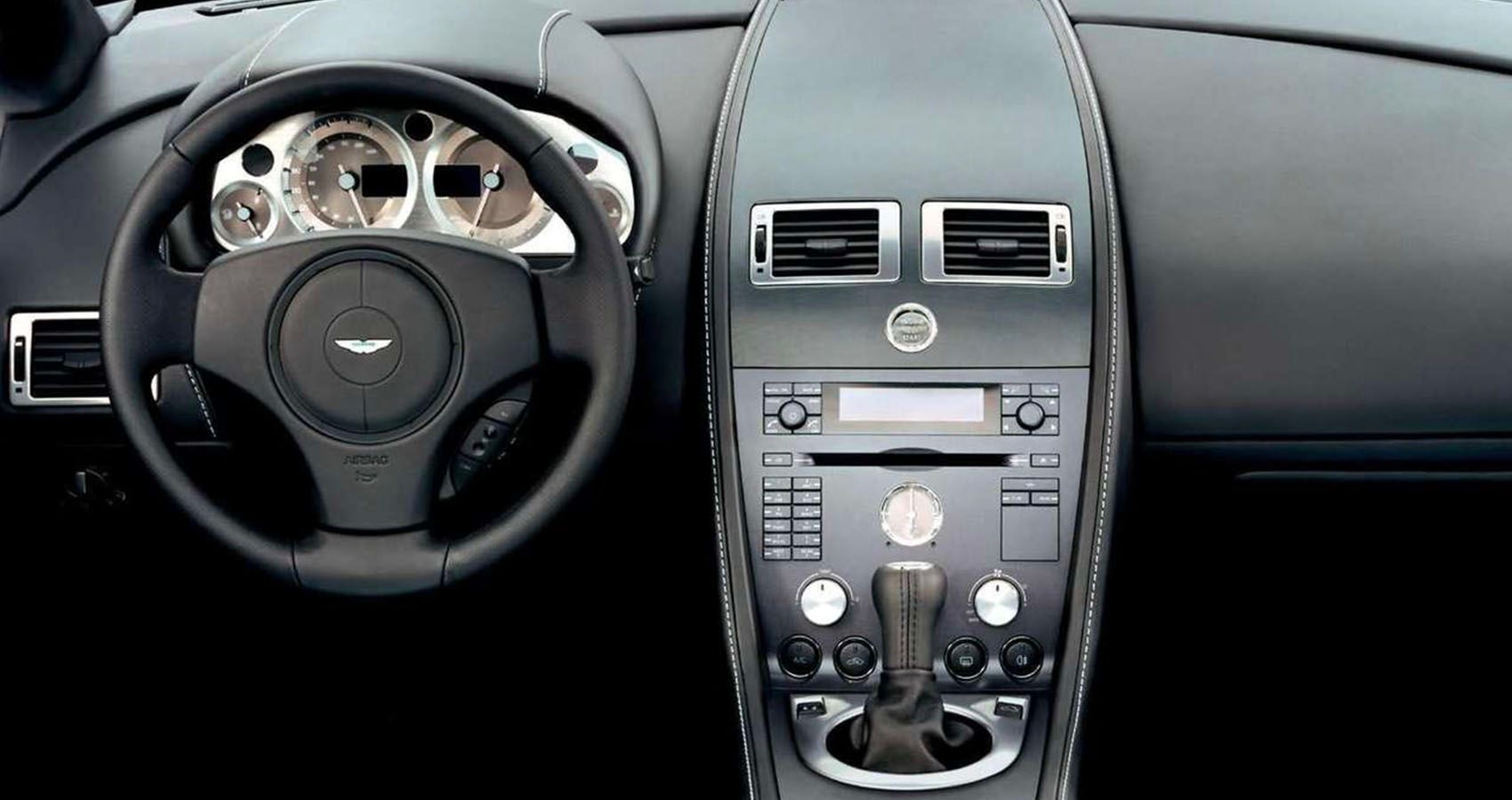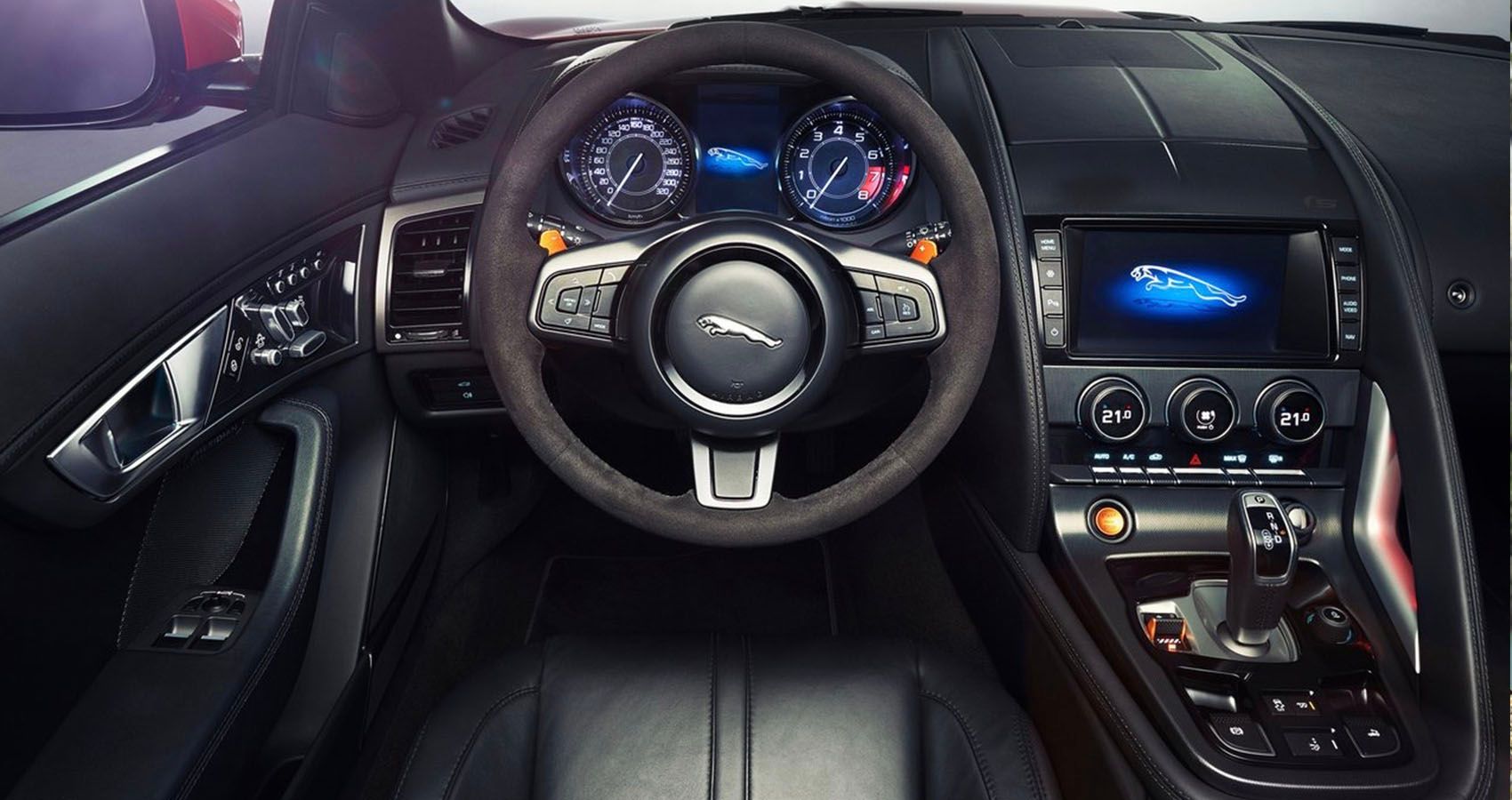The Aston Martin V8 Vantage and the Jaguar F-Type are two highly coveted British sportscars. While one is associated with James Bond, the other prefers to be a Bond villan's ride, both ensure you will not be ignored when you drive them down the street. However, Depreciation is the ultimate double-edged sword of the car world. If you're unfamiliar with the concept, it's the measure of how much value a car loses as it ages. You buy a new car for, say, $50,000, and by the time you go to sell it in four years, you're only able to get about $32,000 for it. The rest of that money is gone, paid as a tax to the car gods for the privilege of owning a nice vehicle.
And so the car will continue to depreciate until, after a decade or more, it ends up in the hands of the latest "I Bought The Cheapest [previously expensive luxury car] In America, And It's BROKEN" YouTube channel. But this means that cars once well outside the realms of affordability for the masses are now starting to get within reach. If we shop carefully, we could find ourselves buying and owning something we could only ever dream of, provided we are prepared for a whirlwind of potential issues and ruinously expensive maintenance costs.
The United Kingdom, basically invented heavily depreciated cars. Both the achingly gorgeous Aston Martin V8 Vantage and the equally gorgeous but slightly more modern Jaguar F-Type sports coupes have come down in price harder than a rack of dress shirts in a clothing store going out of business.
Update August 2022: This article has been updated with the latest information to help you pick the better British sports car in the used market – the Aston Martin V8 Vantage or the Jaguar F-Type.
For little more than a well-spec'd Lexus or Acura, you could get our hands on some of the finest, most beautiful, and most evocative luxury sports coupes. The question is: Aston or Jag, which one is the better deal?
V8 Vantage Vs F-Type: Spec-Sheet Battle
The Aston Martin V8 Vantage predates the Jaguar F-Type by almost a decade. It launched in 2005 and remained in production until 2017. Aston doesn't rush its model upgrades, partly due to financial reason. However, there was a Jaguar connection even back then. Both coming out of the shadows of its time under the umbrella of Ford, the Aston's 4.3-Liter V8 engine was largely based on Jaguar's AJ engine architecture. Albeit, a numer of changes were made to the design of the motor for the Vantage.
Most notably, Aston fitted the engine with a dry-sump oil system, allowing it to be placed lower in the engine bay for a lower the center of gravity. The car also used a transaxle setup, similar to a Porsche 944, thus giving it a slightly rearward-biased weight distribution. Its total curb weight was just over 3,600 lbs.
The 4.3-Liter V8 produced 380 horsepower, which was good for 0-60 in just under five seconds. Later in production, the engine would be reworked and punched out to 4.7-liter, increasing horsepower to 420. You could have a 6-speed automated-manual transmission with paddles or a proper three-pedal, 6-speed manual.
The Jaguar F-Type launched in 2013, nearly ten years after the Vantage, and it was a thoroughly more modern vehicle. It had a modern interior design with a healthy combination of digital displays, analog gauges and controls, but the Aston's timeless elegance still shines through today.
The Jaguar did not have a complex dry-sump oiling system nor a transaxle, instead, it had a range of V6s and V8s taken from other JLR products, including the 5.0-Liter supercharged V8 found in all the hot Range Rovers and Jaguar sedans, itself loosely based on a Ford design. In the F-Type V8 S, it was tuned to produce 488 horsepower, though as more hardcore models like the SVR were subsequently released, output was increased to nearly 600 horsepower and all-wheel-drive.
Better yet, the F-Type is lighter than the Aston, though only by a fraction. It officially weighs around 3,500 lbs, so really, a heavy coat and a big lunch is enough to offset the weight difference.
V8 Vantage Vs F-Type: Driving Dynamics
Where the V8 was the peak of the range in the F-Type, in the Vantage it was the entry-level option. The V8 Vantage is a gorgeous car and it drives as good as it looks. It has a natural balance, the near-perfect weight distribution, and the inescapable V8 soundtrack. It isn't the sharpest sports car ever made, nor the lightest on its feet, but nonetheless, it rides and handles beautifully.
The Aston is also the only one of the two to offer both eight cylinders and a manual transmission, and it is a very slick, very precise manual at that. The Jag is available with a stick, but only mated to a V6 engine and allegedly, it's not as nice to use. All V8 F-Types, use the ZF 8-speed automatic, a transmission you'll find in anything from a Jeep Grand Cherokee to a MK5 Toyota Supra. In most cars, it is excellent, and so it is in the F-Type.
However, the Aston's balance meant it was better at managing its performance, and it didn't make as much of a fuss about it with a popping exhaust sound, a novelty that wears off pretty quickly.
V8 Vantage Vs F-Type: Reliability And Used Market Cost
It should go without saying that neither of these cars will be anything close to a conventional sense of reliability. The Aston, even though it was under the watchful eye of the Ford Motor Company, is a hand-built, low-volume British sports car and because of that, it should be approached with caution. Electronics issues, issues with the automated manual gearboxes (save yourself some trouble and try to find a conventional manual instead), issues with interior materials, and all sorts of other problems could come up.
Regular maintenance items like brakes and annual services are more expensive, as Doug Demuro explains after his one year of ownership of a V8 Vantage a few years ago. He also claims the car gave him "rock-solid" reliability for 5,000 miles, but your experience may vary.
The Jag is a newer car, and thus it hasn't had the time to develop as many serious long-term problems. JLR products have had some fairly widespread issues with interior electronics and infotainment systems, as well as some premature rusting issues in colder climates. Yearly rust-proofing is recommended.
There is also the added complexity of forced-induction systems, though superchargers are usually easier to keep happy than turbocharging systems, and most Jag owners aren't breaking out their laptops to fiddle with engine tuning.
When it comes to buying one, Astons can be tricky due to their exclusivity. A later 4.7-liter model could cost anywhere between $35,000 to $80,000, depending on condition. According to classic.com, prices for a V8 Vantage average just over $60,000.
As the F-Type is available in abundance in comparison, there are some low mileage examples for $28,000, and climb up to $68,000 depending on condition, trim and mileage. On average, an F-Type goes for a smidgen lower at $57,000 compared to the Aston.
While the F-Type may offer more modern equipment and be easier to live with on a daily basis. Nothing can match the beauty, prestige, and elegance of an Aston Martin.
However, neither one will make you look like James Bond, so get those delusions out of the way before you start shopping.

